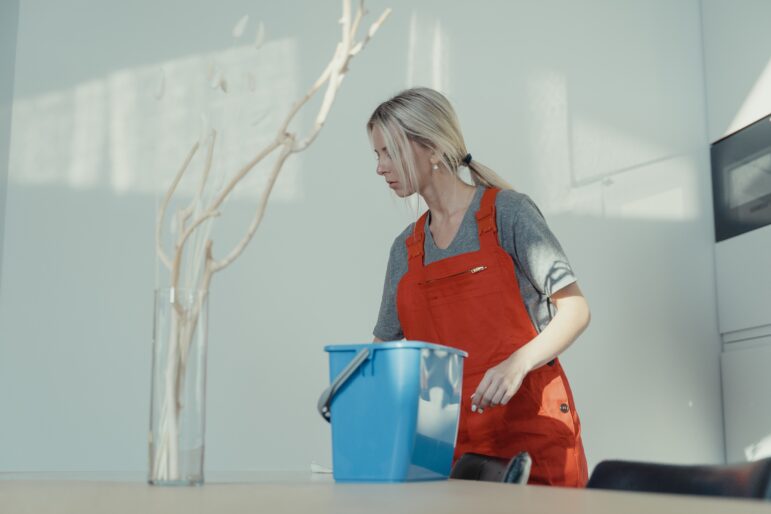Building occupancy has changed, and that means that commercial cleaning has had to pivot once again to accommodate the needs of their corporate customers. Less frequent cleaning and more flexibility means adjusted budgeting, labour, and scheduling for cleaning companies. Employees are still coming into the office though, so systems need to be put in place to accommodate businesses and cleaners.
RELATED: How cleaners can still thrive with lower building occupancy
The heightened attention to cleanliness and sanitization means that employees are concerned about how clean their offices are, and not just for safety. Despite many of them not being there full time, cleanliness is still important to staff, with 70 per cent of employees feeling that the cleanliness of their work area affects their job satisfaction.
In addition, three out of 4 employees believe that the level of cleanliness at their workplace is a reflection about how much their employer cares about their wellbeing. This means that cleaning companies are more important today than ever before, even if their schedules might look a little different.
As more companies accept a hybrid work model, many companies are downsizing their footprint, creating shared workspaces, and meeting rooms are being used on a rotating schedule. This could be good news for cleaners, as the offices will still be used daily, needing cleaning and sanitization. Research shows that office buildings have about 4,800 dirty surfaces, and even without full-time occupation, spaces like refrigerators and door handles remain high-touch and high risk for the spread of viruses.
Technology can help cleaners and businesses decide on a cleaning schedule that suits everyone’s needs, with innovation like occupancy sensors which can analyze the building use, assess traffic patterns, and predict high traffic times so health and safety can remain a priority.
Because of the lower building occupancy, cleaners have more flexibility for labour and scheduling, often allowing them to come and clean during the day, rather than at night. This means that cleaners may be able to achieve a better work-life balance while servicing their customers and better managing labour.
Even though building occupancy may remain lower for years to come, commercial cleaners need to lean on their expertise to accommodate evolving needs and continue to grow the business.








